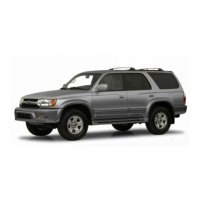
Do you have a question about the Toyota 2000 4Runner and is the answer not in the manual?
| Brand | Toyota |
|---|---|
| Model | 2000 4Runner |
| Category | Automobile |
| Language | English |
Explains how to operate the vehicle safely off-road and potential rollover risks.
Provides tips for the first 1000 miles to ensure longevity and economy.
Details fuel type, octane rating, and quality recommendations for optimal engine performance.
Guidance for driving the vehicle in other countries, focusing on fuel availability and laws.
Explains the function and precautions for the catalytic converter to prevent overheating.
Warns about hazards related to engine exhaust fumes, including carbon monoxide.
Explains normal engine oil consumption and the importance of checking oil levels regularly.
Notes the use of twin ground electrode spark plugs and advises against adjusting their gaps.
Describes the tandem master cylinder brake system and its dual sub-systems for safety.
Explains how to identify worn brake pads via a warning noise from the indicators.
Provides guidelines for safely stowing luggage in the vehicle to maintain balance and prevent injury.
Explains how to find the vehicle's identification (VIN) number on the instrument panel and certification label.
Describes the purpose and location of labels designed to deter vehicle theft and aid in recovery.
Warns against modifying suspension and chassis components, which can affect handling.
Discusses summer and all-season tires and precautions for mixing them for safety.
Lists essential checks to perform before starting the engine for safe operation.
Details normal starting procedures for cold and hot engines, including flood conditions.
Offers advice for driving in different conditions like crosswinds, hills, and wet brakes.
Outlines precautions for driving the vehicle off-road to ensure enjoyment and prevent closures.
Provides advice for preparing and driving the vehicle in winter conditions, including coolant and battery checks.
Covers weight limits, equipment, and safety precautions for towing trailers to ensure safe operation.
Offers tips on saving fuel and extending vehicle life through proper driving and maintenance practices.
Explains common causes of corrosion and provides guidelines to prevent it, especially in harsh conditions.
Provides guidance on cleaning and waxing the vehicle's exterior to maintain its appearance and prevent damage.
Offers advice on cleaning the vehicle's interior surfaces and materials to maintain cleanliness and prevent damage.
Explains the importance of regular maintenance for optimal vehicle performance and longevity.
Lists day-to-day care practices important for vehicle operation and recommends dealer or self-service.
Provides clues indicating potential service needs for the vehicle, such as unusual noises or performance changes.
Introduces the section on DIY maintenance, overview of engine compartment, and controls.
Identifies key components and reservoirs in the engine compartment for maintenance checks.
Shows the locations of fuse boxes within the vehicle for troubleshooting electrical issues.
Offers crucial safety precautions for performing DIY vehicle maintenance to prevent injury and damage.
Lists recommended parts and tools for performing various DIY maintenance tasks.
Explains how to check and maintain the engine oil level using the dipstick and filler cap.
Details how to check and maintain the engine coolant level in the reservoir for proper cooling.
Describes how to check the brake fluid level and its importance for braking system effectiveness.
Explains how to check the power steering fluid level in the reservoir and potential issues.
Emphasizes the importance of proper tire pressure for safety, handling, and tire life.
Guides on inspecting tires for wear and damage, and when to replace them.
Explains the benefits and procedure for rotating tires to equalize wear and extend tire life.
Provides guidance on selecting and installing snow tires and chains for winter driving.
Discusses when and how to replace wheels, including precautions for aluminum wheels.
Offers specific advice for maintaining aluminum wheels, including tightening lug nuts and checking for damage.
Covers checking battery exterior for corrosion, loose terminals, and fluid levels.
Details safety measures and procedures for recharging a vehicle battery, emphasizing ventilation and slow charging.
Explains how to check for blown fuses and replace them using the correct amperage rating.
Guides on how to add washer fluid, including fluid type recommendations and precautions for cold weather.
Provides instructions and a table for replacing various vehicle light bulbs, including safety precautions.
Lists the vehicle's physical dimensions and weight specifications for various configurations.
Provides engine type, cylinder configuration, bore, stroke, and displacement details.
Specifies fuel type, octane rating, and fuel tank capacity for the vehicle.
Details various service specifications including valve clearance, spark plugs, belts, and fluid capacities.
Lists recommended tire sizes, pressures, wheel sizes, and wheel nut torque values.
Shows fuse box layouts and lists fuse functions and ratings for electrical system troubleshooting.
Explains how U.S. owners can report vehicle safety defects to NHTSA and the process for recalls.
Explains the DOT tire quality grading system (Treadwear, Traction, Temperature) for passenger car tires.
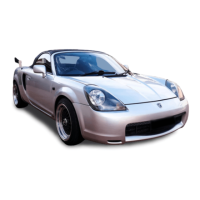
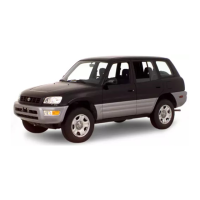
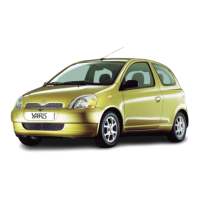
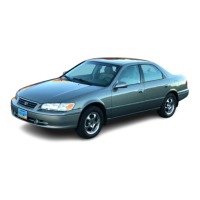
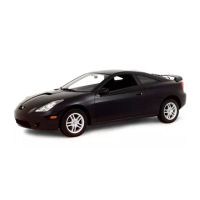
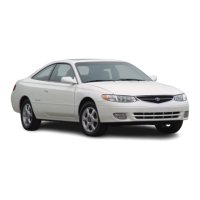
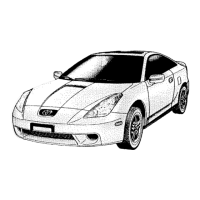
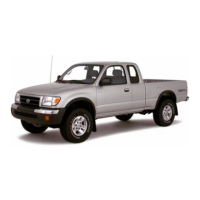

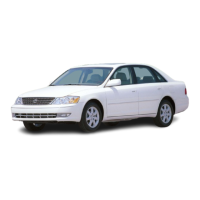
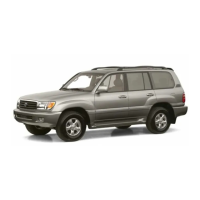
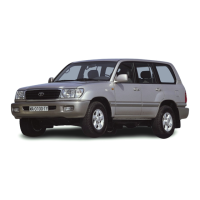
